In Grade 4, in Primary School, you start learning about history, I remember it
well. The teacher told us about many different events. Getting good grades meant that
you were able to recite the year and whatever happened. Later the Dutch teacher
said that we would forget most of the dates but would always remember “1600
Battle of Newport.” She was right. 1600
was the only date with an easy to remember year. When you come to think of it, history
was mainly a study about wars, battles and fights between countries, states, provinces
and cities
.
On my many travels, I must have come across perhaps more
than 1000 War memorials. When you go around Australia, you see one in every town. They look more or less all the same. A pillar with an Australian soldier
on top with slouch hat and a rifle. The exceptions are the significant war
memorials in the big cities and the massive memorial /war museum in Canberra.
In Holland, there is
the National monument on the dam square in Amsterdam, which is only treated
with respect for a few days a year and for the rest of the time serves as a
place for travellers the linger or just have a rest on.
The question is, how long do you keep on going remembering?
In Australia, we remember the First and Second World War combined with Vietnam
and a few other places, but further back than 1914-1918 there is very little
with the exception that sometimes there is mention of the Boer war in South
Africa.
In Holland is mainly the Second World War as Holland was neutral
during the first. However, there are still several towns which celebrate their victory
over the Spanish invaders during the 1570’s.
What is all this leading to?
In ancient times, Greece, as we know, it,
consisted of many different countries.
Athens, Macedonia, Sparta, Boeotia, Attica, and so on. These
people had wars between them. In 346 BC, Phillip the second (the father of Alexander
the Great) marched on Athens as he wanted an alliance against the Persians who
had invaded the Greek area of what is now part of Turkey and Trace (European Turkey and
Bulgaria)
Riding from Corinth to Delphi I needed to make a
detour to visit Chaeronea. While approaching the area I could immediately understand why two battles had
taken place there. (394 BC and 86 BC)
Two mountains with long ridges run in a line towards each other
forming a kind of funnel. In the middle,
there is a river which makes the area an excellent place to defend as it nomore than a few hundred meters wide.
It was in August 346 BC when the battle took place. It was a
notable victory for Philip but at a high-cost of loss of life.
After the battle was over, the Thebans did what we do today.
They buried their soldiers in a plot close to where they died and later erected a war
memorial on top of it. The war memorial is still here today. The “Lion of Chaeronea”
stands along the side of the road on the place where the battle took place 2350
years ago.
At some point over the centuries, the sculpture collapsed and
scattered, possible as a result of subsidence or earthquakes. During an
excavation in 1818, the pieces were recovered but it took until 1879 to
properly excavate the whole site during which 254 skeletons were found, buried
in 7 rows within the enclosure. In 1902 the site was completely restored to
what it looked like over 2300 years ago.

 Chaeronea, Greece
Chaeronea, Greece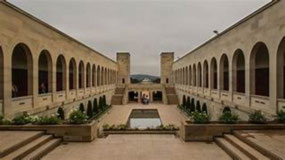
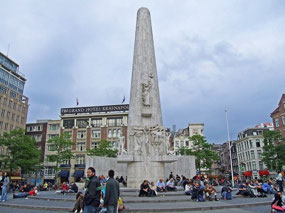
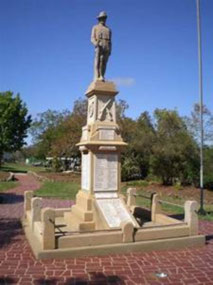
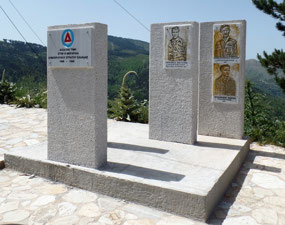
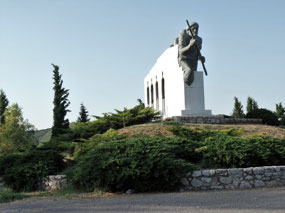
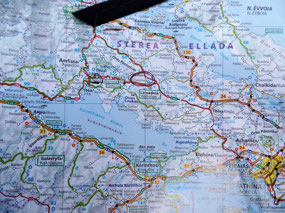
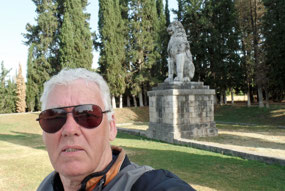
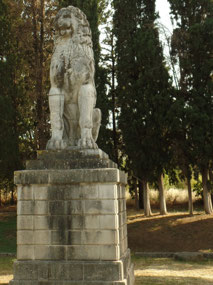












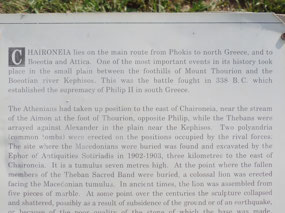
Rob
2019-06-15
Interestingly, the dutch war memorial for the 2nd ww was made... in germany....